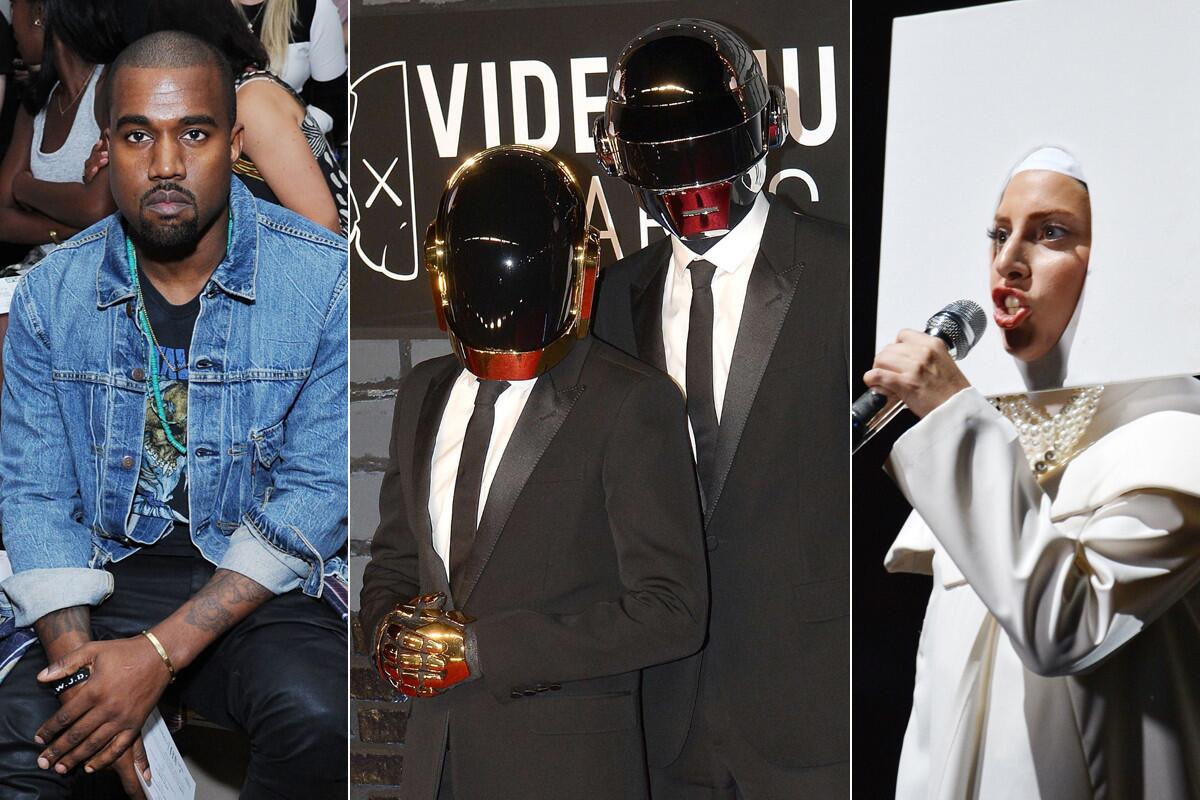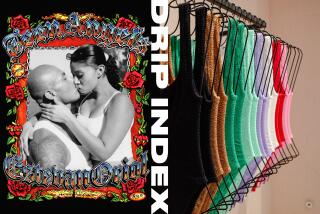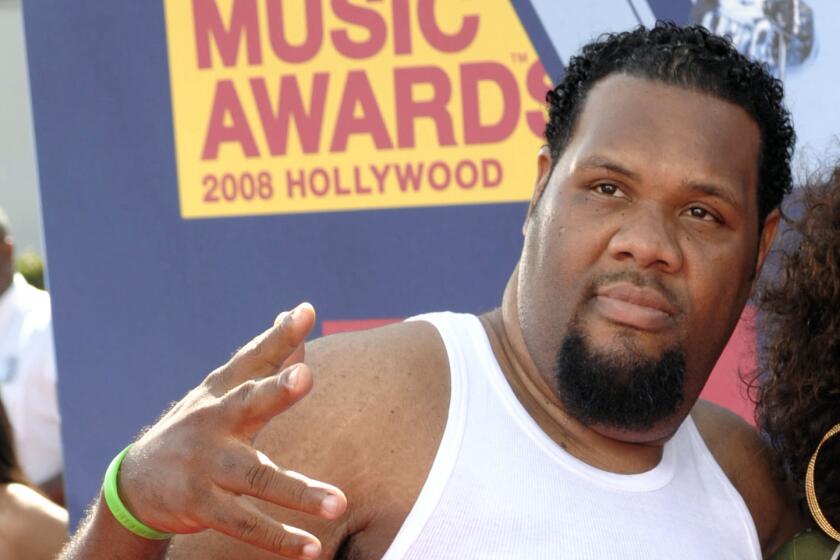Album-release gimmicks grab attention, but for how long?

In early August, a mysterious symbol started appearing in random metropolitan areas. A jumble of letters arranged in a diamond grid, the mark had no discernible message, signature or obvious identifiers. It was distinctive enough to draw notice, though, and shots of it soon started appearing on social media.
Was it the work of a political group looking to incite? A plot point in some creepy new David Fincher movie? A graffiti artist offering public anagrams?
Eventually online sleuths connected the dots when, on Instagram, the Canadian rock band Arcade Fire started posting the image. Long at work on the follow-up to their Grammy-winning album of the year “The Suburbs,” the band had issued a missive. Like the Vatican announcing the new pope with a plume of smoke, the symbol suggested that a decision had been made: A new Arcade Fire album would soon arrive.
CHEATSHEET: Fall arts preview 2013
Since then, the band and its marketing team have continually dripped out news: grainy photos of the band, brief snatches of sound, the date 9/9. At the recent FYF music festival in Los Angeles, attendees were offered hand fans with the symbol on it — but didn’t get any further details.
The obscure missives prompted Pitchfork music writer Brandon Stosuy to tweet, “Are Arcade Fire a band or a mystery novel?”
On Monday, it released the first single, called “Reflektor,” a compelling, seven-minute disco rock song that features backing vocals by David Bowie. The diamond grid, it turns out, are the jumbled letters of the song and album title.
The Arcade Fire rollout is one of the most prominent of a number of big-ticket pre-release campaigns this year and offers insight into how social media has transformed the ways in which artists reveal and frame their new work.
INTERACTIVE: A festival for every fan – SoCal’s yearly sonic lineup
Lady Gaga has been steadily building awareness of her forthcoming “ARTPOP” for the past year, most strikingly through images of her with splotched face paint, and a typically over-the-top MTV Video Music Awards performance using similar signifiers. At the iTunes festival, she played tidbits of a handful of songs, and fans did the rest by spreading the clips. For much of the summer she tweeted alluring details on her new work.
Others this year have harnessed social media’s swarm effect. Daft Punk hosted its official “Random Access Memories” release party at a remote Australian village called Wee Waa, banking on social media buzz. Kanye West’s “Yeezus” was teased with projections in urban landscapes. Electronic band Boards of Canada announced news of fresh music by planting a select few singles at respected record stores. Each record contained part of a new song.
Not long ago fewer platforms delivered the news of future music: radio rotation, a clever music video, a late night TV appearance, well-placed record reviews and print ads got the word out. These tools continue to be essential, especially for bands lacking status or millions of Twitter or Facebook followers. Gaga and Arcade Fire can tease because people want them to.
RELATED: Best albums of 2013 so far | Randall Roberts
But as viral marketing has become more sophisticated, prominent album releases now follow a template that mimics that of a blockbuster Hollywood film: Build advance buzz by releasing a trailer/pre-video tease, drop a single, release a video. Keep seeding the brains of eager fans with anticipatory desire so that upon release date, first-week numbers propel the album to the top of the sales charts — and hopefully recoup the investment upfront.
Such placement on the charts can lead to a kind of self-fulfilling prophecy. Once an album is in the top 10, it lands on the iTunes, Amazon and Google Music chart pages. There it lives prominently on coveted real estate viewable by millions, each of whom is a click away from purchase. It’s the equivalent of screening your movie in the biggest theater chains in the world.
There’s a downside, though. The “Reflektor” symbol has now fully dented the brains of music fans, where it lives alongside logos for Coca-Cola, Taco Bell, Jiffy Lube and every other commercial icon.
PHOTOS: Unexpected musical collaborations
Is it anything more to it? Is it a piece of art because it was delivered by artists? Or has an initially striking image been transformed via the relentless dribble of information into little more than a trademark for the new Arcade Fire record? Is this a message of art, or a message to build brand awareness?
These ploys can get tiresome too. As evidenced by the number of “Reflektor” hand fans flying through the crowd during FYF, one person’s clever campaign is another person’s trash. Miley Cyrus’ team has certainly built the anticipation for her forthcoming “Bangerz” album. Her Instagram features sexy teases, but it’s not going to make the album any better or worse. Once it, “Reflektor,” “ARTPOP” and others come out, the marketing materials will vanish within the feed like old handbills on a telephone pole.
All that will rescue the music from oblivion is its potency, not the cleverness of its rollout.
More to Read
The biggest entertainment stories
Get our big stories about Hollywood, film, television, music, arts, culture and more right in your inbox as soon as they publish.
You may occasionally receive promotional content from the Los Angeles Times.










